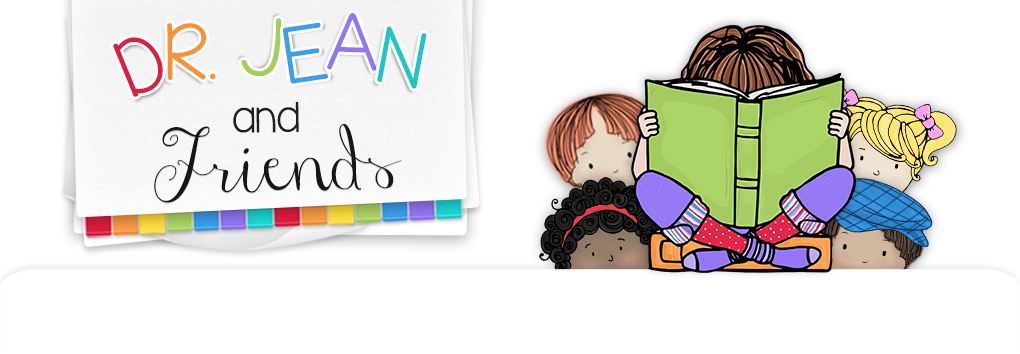There was an interesting article in the New York Times 4/6/2015 by Tess Felder titled “The Way We Write Today!?!” Although the author states that many people think we are losing the art of writing and spelling because of “digital laziness,” she suggests that people are just sending messages in ever-changing ways. Emojis are an example of a way to express our emotions. Think of it as a new vocabulary to explore in your classroom.
Children are always interested in the adult world and many of them may already be familiar with emoji from playing with their parents’ phones and other devices. Show children some of the emoji symbols and encourage them to tell you what they already know about them. Why do people use the symbols? Download some of the most popular symbols and let children brainstorm what they mean.
Here are two sites that I found helpful for decoding the meanings of the symbols.
http://www.emoji-cheat-sheet.com/
http://emojipedia.org/ If you want a specific symbol try typing “emoji with heart eyes” or whatever you are looking for in your search engine.
You could use these symbols for classroom management. “When I hold up the monkey with his hands over his mouth that means to stop talking and listen to me.”

*Run off several beating hearts and pass them to children who are being kind friends.
*Make a flashcard game with words, math facts, letters, etc. Add a few “upset emojis” (children pretend to cry) and “heart eyes” (children hug themselves).
*Make worksheets or games where children match symbols with the written word.
*Let children create their own symbols or write stories or sentences with the symbols.
Funny thing, it just dawned on me that emoji are very similar to rebus pictograms that we used years ago when teaching children to read. Life is a revolving door for sure!!!
I’m off today for Murfreesboro, TN, and then Dover for the Delaware AEYC Conference, but I’ve got blogs ready for you each day. I hope your week is not only half full, but overflowing!!!

Isn’t this the cutest thing you’ve ever seen? My friend Janice Vincci sent it to me and it’s a reminder to all of us that the glass is always more than half full!



